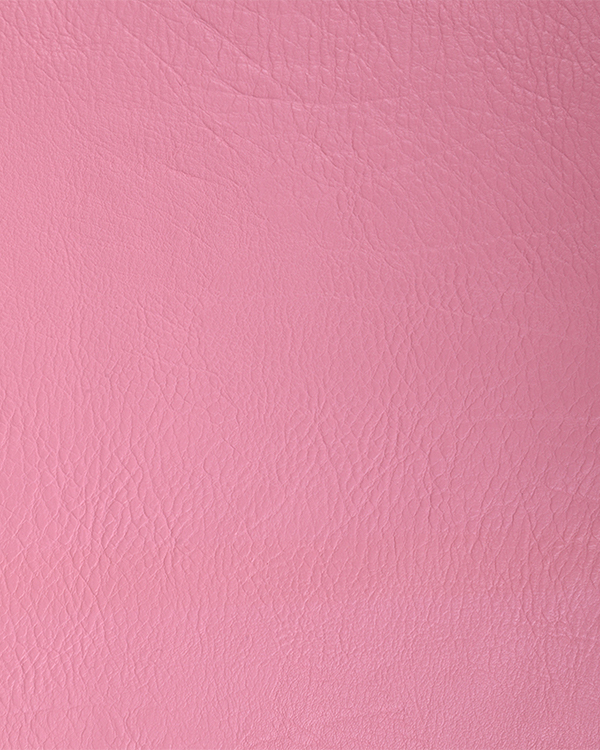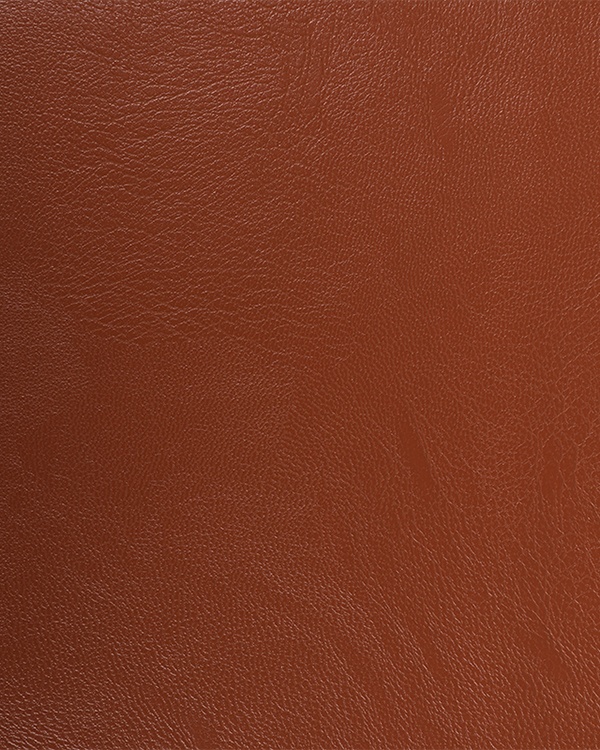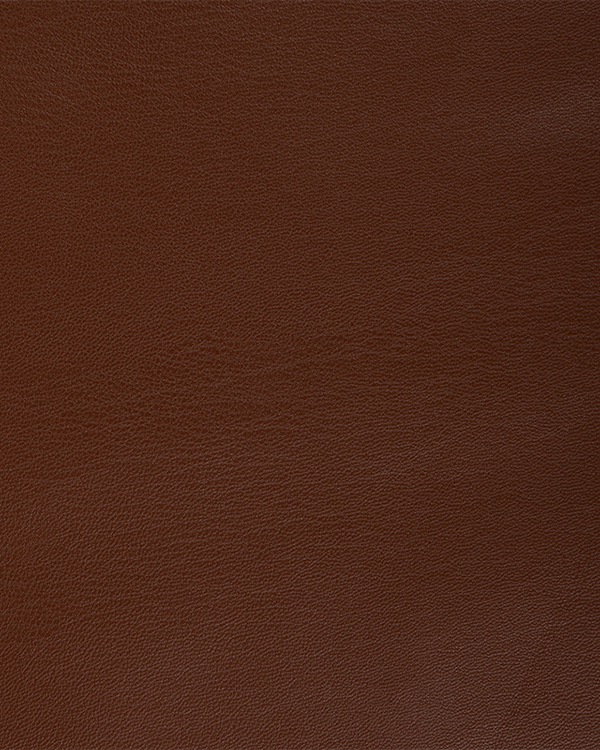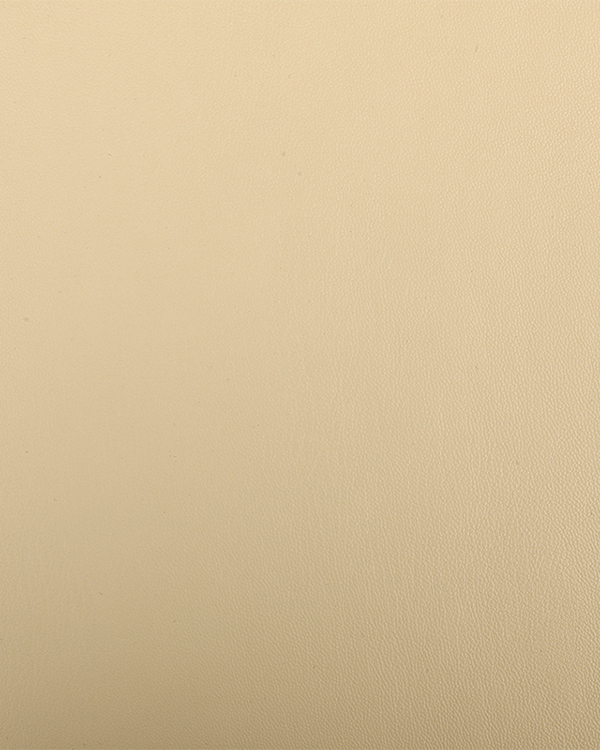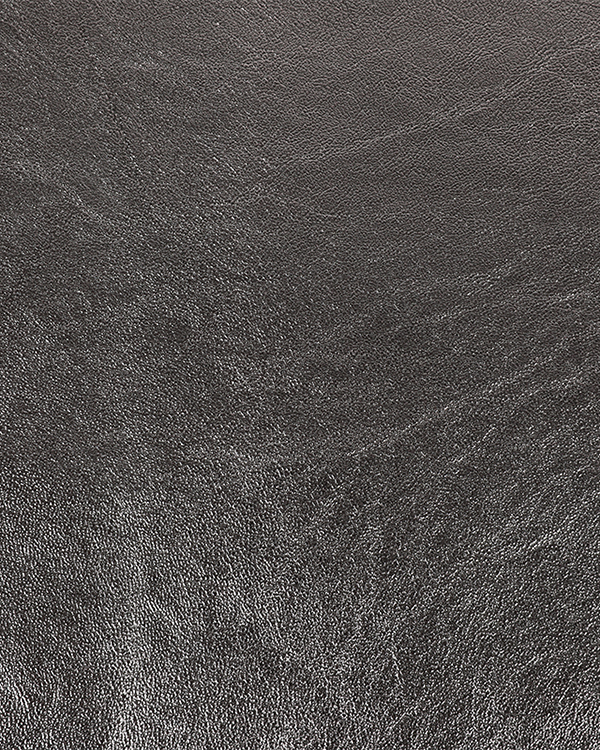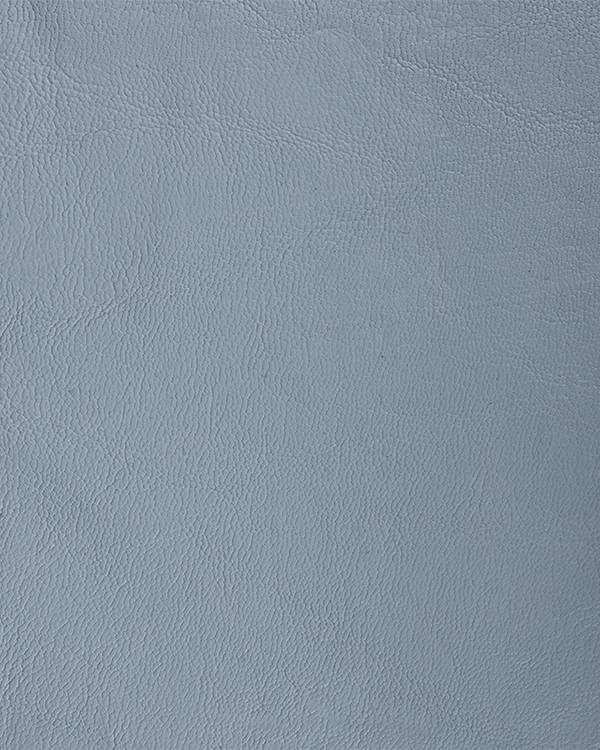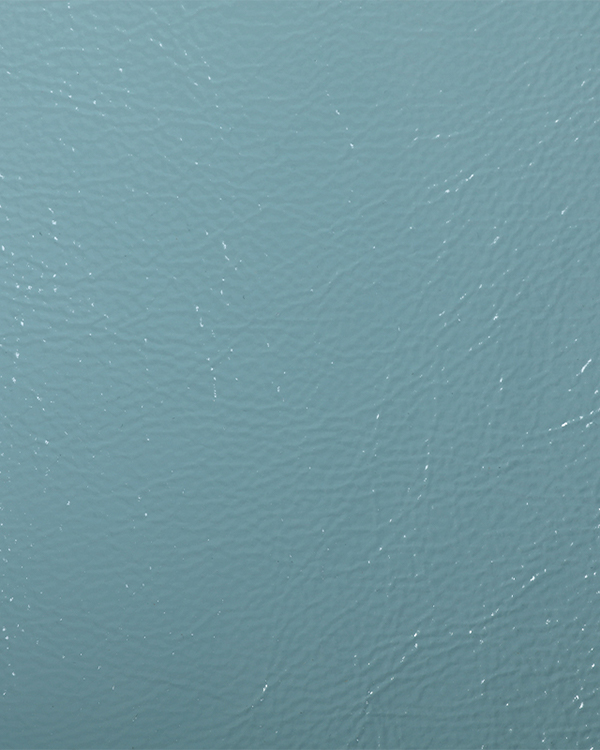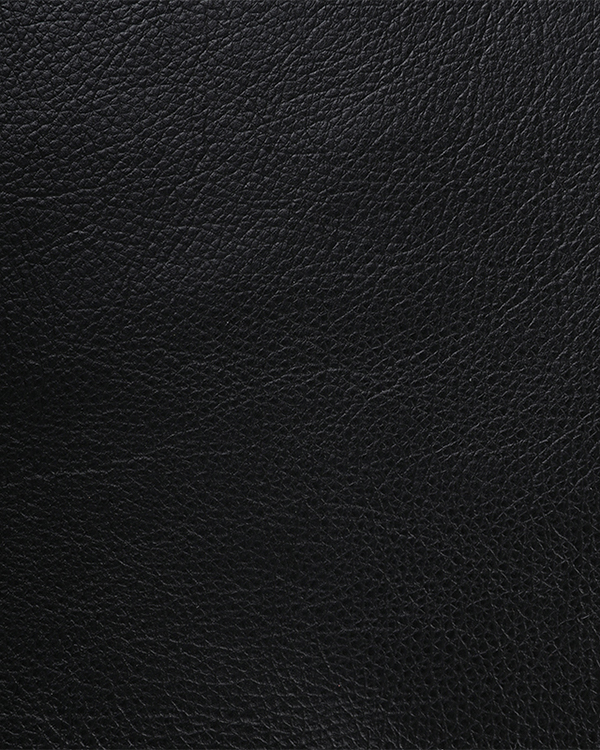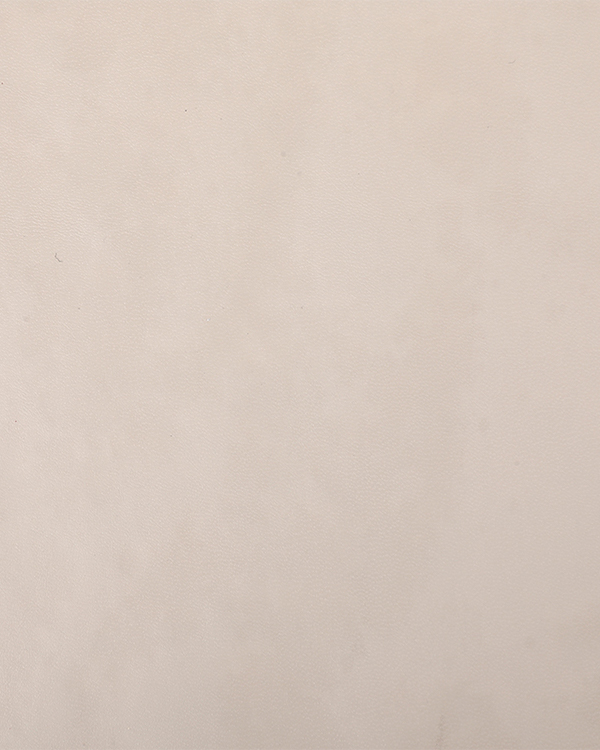Assessing the appearance and texture of artificial leather involves evaluating several key factors to ensure that the material closely resembles genuine leather or meets specific design requirements. Here are the main requirements for assessing the appearance and texture of artificial leather:
Grain Pattern: Artificial leather should exhibit a grain pattern that mimics the natural grain found in genuine leather. The pattern should be consistent across the material and match the intended design.
Texture and Hand Feel: The texture of artificial leather should closely resemble the tactile feel of real leather. It should have a soft and supple hand feel, similar to genuine leather.
Smoothness and Consistency: The surface of artificial leather should be smooth and free from defects such as bumps, wrinkles, or visible inconsistencies. The material should have an even texture throughout.
Color and Dyeing: Artificial leather should display consistent color throughout the material. The dyeing process should ensure uniform color distribution and colorfastness to prevent fading or discoloration.
Grain Depth and Definition: The depth and definition of the grain pattern on artificial leather should be well-defined and visually appealing. The grain should not appear shallow or overly pronounced.
Gloss Level: The gloss level of artificial leather should be consistent and match the desired finish (e.g., matte, semi-gloss, or high-gloss) without uneven shine or excessive glare.


Embossing and Detailing: Any embossed patterns or detailing should be clear, sharp, and accurately reproduced on the material's surface.
Edge Finish: The edges of artificial leather should be neatly finished without fraying or roughness.
Draping and Drapeability: The material should have suitable drapeability and be able to conform smoothly to the shape of products or furniture during manufacturing.
Stitching Compatibility: Artificial leather should be compatible with stitching processes, ensuring that it does not tear or fray when stitched for various applications.
Odor: The material should be free from unpleasant odors or chemical smells.
Consistency between Batches: Artificial leather manufacturers should ensure consistency in appearance and texture between different batches of the material.
Packaging and Handling: Proper packaging and handling of artificial leather during transportation and storage are crucial to maintaining its appearance and texture.
Regulatory Compliance: Artificial leather should comply with applicable industry standards and regulations regarding appearance, texture, and chemical composition.
Assessing the appearance and texture of artificial leather involves visual inspection, tactile evaluation, and sometimes comparisons with genuine leather samples. Manufacturers often have quality control protocols in place to ensure that their artificial leather products meet specific design specifications and customer expectations. Additionally, feedback from customers and users plays a significant role in identifying areas for improvement and meeting market demands.

 English
English Español
Español
